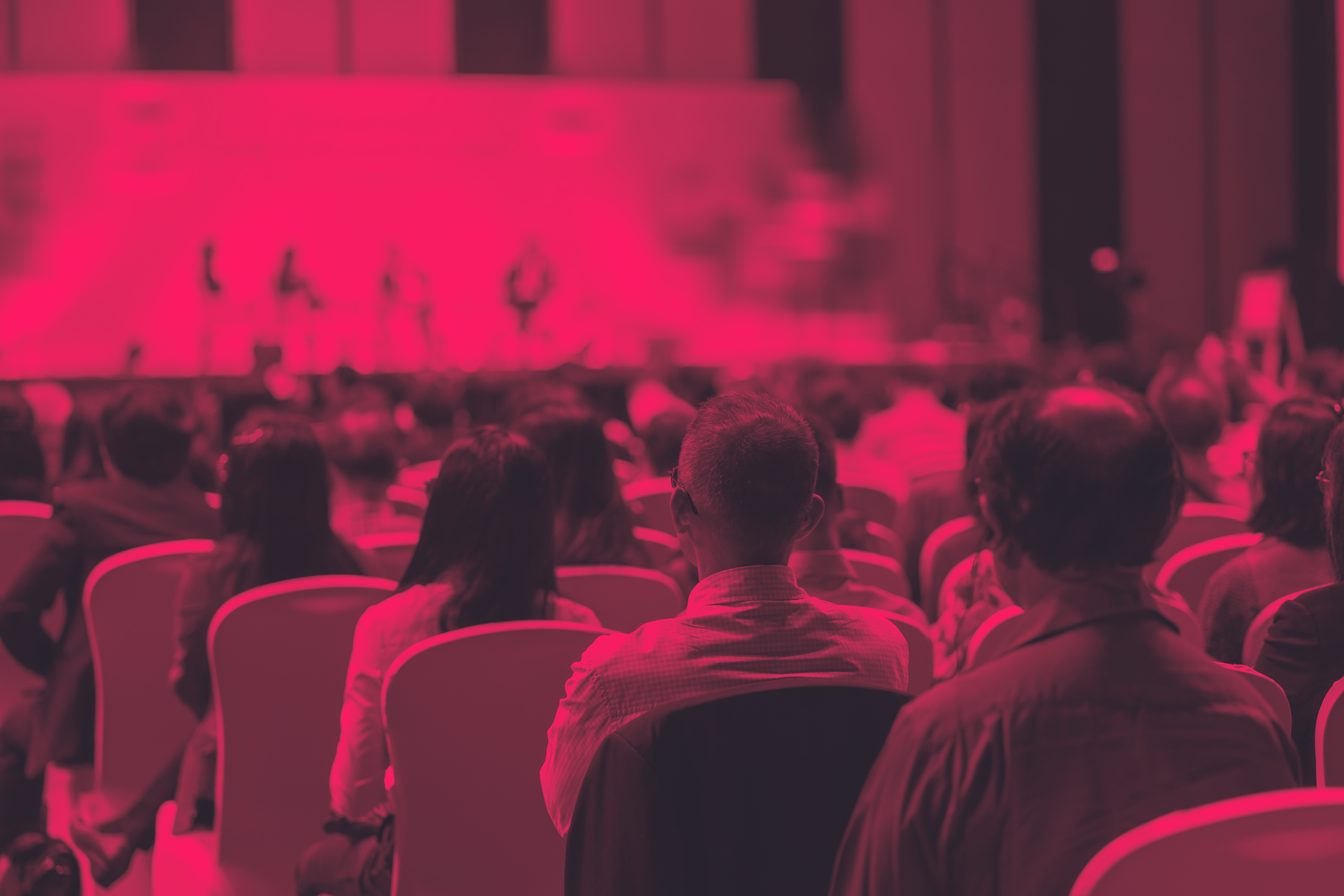Danielle Stedham
Once considered a nice-to-have, wellness is now a strategic cornerstone in the world of meetings and events. In other words: a must-have. As DMOs work with planners today, both planners and attendees are demanding experiences that nurture not just the mind — but the body and soul.
From meditation lounges to mind-and-mood-boosting menus, wellness activations are transforming how we gather, learn and connect. And with rising awareness around burnout, mental health and work-life harmony, companies are no longer asking if they should incorporate wellness — but how to do it meaningfully.
For DMOs, this is an opportunity to stand out and show you understand what attendees need now. Let’s look at the trends, expectations and simple ways to bring wellness to life — and why your destination can’t afford to ignore it.
The Rise of Burnout — and the Need for Corporate Wellness Strategy
In 2023, wellness integration became a significant aspect of corporate meetings and events, with 51% of corporate meetings including a wellness component. This stat reflects a growing emphasis on attendee well-being and the desire for holistic event experiences.
“There is a demand for wellness-focused event formats, healthier, locally sourced food options, and stress-reducing experiences,”
said Global DMC Partners President and CEO Catherine Chaulet.
People want to be treated like people, not automatons. Employees are experiencing corporate burnout at the highest level yet, at 66%, resulting in a need to recharge while at work, including during meetings and corporate events.
As a DMO, your role is to understand what planners and attendees want and help them deliver it. With a growing demand for personalization, flexibility and work-life balance, expectations around onsite wellness activations are already embedded in the minds of planners and attendees. The biggest shift we’ve seen? Wellness as priority — not just a perk.
The Gen Z Factor
You may not understand the Gen Z love of Labubu or matcha lattes, but what you should understand (and care about!) is their headspace when it comes to workplace priorities.
According to a recent Skift Meetings webinar, wellness integration in the workplace — including meetings — is expected by younger generations, particularly Millennials and Gen Z. These generations prioritize work-life balance over climbing the corporate ladder and cite a lack of wellness resources as a non-negotiable requirement in the workplace.
For DMOs, this is a chance to stand out as a forward-thinking partner. Destinations that ignore these evolving needs risk missing out on bookings — and on the long-term ROI that comes from helping planners create experiences that resonate with the next generation of attendees (and avoid giving Gen Z “the ick”).

Wellness = ROI
Wellness in the meetings space is not just an expectation — it’s also an investment. As the corporate wellness market continues to expand, with projections estimating it to reach $146.6 billion by 2027, it’s evident that wellness is becoming an integral part of corporate culture and events.
And the ROI? It stacks up!
Research suggests that for every dollar companies invest in employee wellness initiatives and intervention programs, they can see approximately $6 in healthcare cost savings. Companies like Johnson & Johnson saved $250 million on health care costs over a decade by prioritizing wellness at work — including integrating it into meetings.
Another perk beyond direct cost savings? Wellness can transform meeting outcomes. Engagement rises when attendees feel genuinely cared for.
Wellness breaks, mindful movement, nutritious foods and sessions that prioritize mental clarity can lead to more effective problem-solving and decision-making, translating into tangible business outcomes.
For DMOs, this is an opportunity to show planners how your destination can support these outcomes. Highlighting local wellness partners, providing turnkey wellness activations and sharing success stories can help position your destination as a true collaborator in driving ROI.
Encourage planners to measure impact through pre- and post-meeting surveys and attendee satisfaction scores — and show them how your support can help boost those results in real time.

Top Wellness Trends Reshaping Events
- Wellness lounges and recharge zones: Dedicated spaces designed to offer quiet retreats during busy events like:
- Guided meditation or breathwork sessions
- Aromatherapy stations
- Nap pods, massage or zero-gravity chairs
- Guided stretch or breathwork breaks: Instead of long, sedentary conference days, more planners are integrating:
- Chair yoga or stretching sessions
- Offering walking or standing meetings
- Functional movement warmups led by pros
- Sleep and recovery enhancements: Restfulness enhances alertness and reduces cortisol. Think:
- Feel-Goodie Bags with sleep kits (eye masks, lavender sprays)
- Circadian rhythm agenda design
- In-room meditation apps
- Custom wellness swag: A take-home goodie extends the wellness experience to home and increases brand awareness. Try:
- Branded tea diffusers, yoga mats and essential oil rollers
- Wearables that track steps or heart rate during the event
- Wellness kits with supplements or stress-relief items
- Healthy F&B experiences: 72% of planners already integrate healthy options into their meetings and events. Opt for:
- Locally sourced, plant-forward menus (less meat = less $, too!)
- “Mood food” or meals designed to enhance mental clarity or relaxation
- DIY smoothie or juice bars, or hydration bars
- Sound healing integration: Sound (or no sound) can enhance the meeting experience with integrations like:
- Using gongs, crystal bowls, or binaural beats to reset energy between sessions
- Integrating calming music at low volume throughout meetings
- Sound bath activations to calm nervous systems before presentations
- Quiet or Digital Detox Zones: Taking a tech break has been shown to work wonders. Consider:
- Tech-free areas that encourage unplugging from devices
- Journaling stations
- Puzzle/creative activity tables
- Nature Integration and Outdoor Sessions: 38% of attendees prefer to attend meetings and events in outdoor venues, reducing cortisol and appealing to our own nature. Try:
- Hosting parts of the event outside or in biophilic spaces
- Outdoor meetings, forest bathing walks
- Rooftop gardens or tented lounges
- Partnering with wellness providers: Never underestimate the power of a partnership.
- Think guided sessions with tools like Calm, Headspace
- Corporate wellness coaches
- Branded partnerships with well-known fitness brands (Nike, Athleta, etc.)
- Personalized options/choices & tech: Choice empowers attendees to manage their own wellness journey during the event.
- Choose-your-own-adventure wellness sessions
- In-app scheduling for wellness slots
- Health tracking integrations
Final Thoughts: Wellness as Strategy, Not a Trend
Wellness is evolving, expanding and more integrated than ever. For planners, investing in attendee well-being leads to better business outcomes and an undeniable ROI. As a DMO, positioning your destination to support this people-first mindset is key. When you help planners put people first, everyone wins — attendees, organizers and your destination.
In fact, at Digital Edge, we’ve been helping our DMO clients integrate a wellness focus into their meetings and events strategies for a while — like back in 2019, when we created a comprehensive wellness white paper for our friends at Visit Park City, or last year, when we integrated wellness into the brand story of the Waterfronts of NY.
Let us help you build a digital experience that incorporates wellness strategies, supports planners and attendees and empowers your team.



